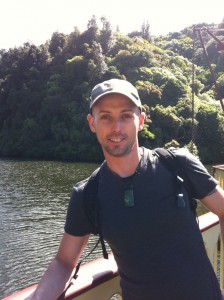What challenges are you facing in your life this spring? Join us at Urban Yoga for three very special classes over the next week to help gear you up for whatever life may offer this season!
David will be offering the classes. Each class will focus on one of three personal attributes that we use in our daily experience and personal expression in the world; Strength, Courage, and Determination.
David has found his yoga practice is a valuable way to both cultivate, and remind us, of these resources we already have.
Strength; our personal power, the ability to stand up for ourselves and be in every moment fully.
Full spectrum class; standing poses, handstands, and core.
Sunday 2nd September, 10:45am – 12:15pm.
Courage; The quality of being brave, opening up to challenging moments and dificult situations.
Opening the shoulders and hips in preparation for back bends.
Wednesday 5th September, 5:45 – 7:15pm.
Determination; Our inner resolve, persistence and commitment to achieving our goals.
Arm and leg balances.
Sunday 9th September, 10:45am -12:15pm.
